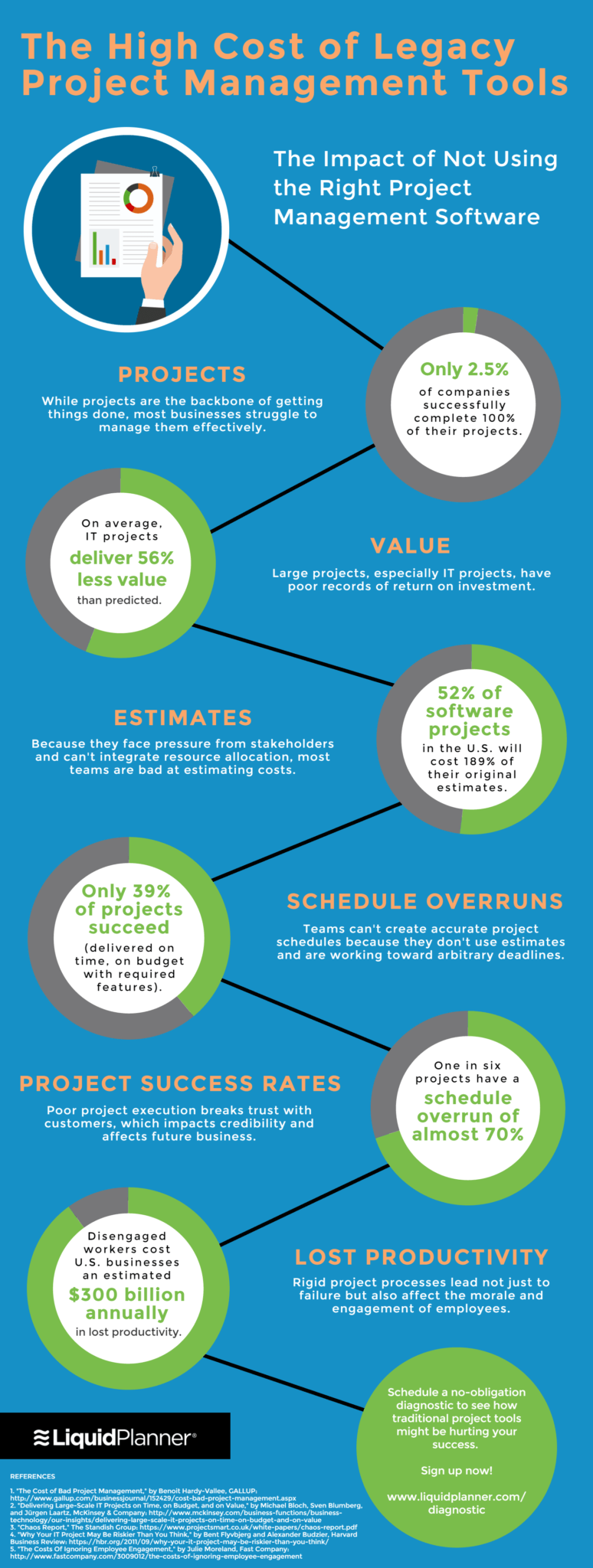Many teams have a dysfunctional relationship with their project management tool. They think of the ineffectiveness of these tools–often ones they’ve inherited–as a chronic condition that they have to bear and work around. This is a mistake. And one that’s costing you real money. Here’s why:
The crux of the matter is that traditional project management tools struggle to deal with uncertainty, unknowns, and unforeseen circumstances. In other words, they shun reality. As a result, project plans are often built on guesstimates and best-case scenarios without incorporating mechanisms for adjusting these estimates based on how much work is really needed.
If project plans are not updated based on priorities and availability, they’re effectively dead in the water: nothing more than snapshots consigned to storage shelves as soon as they’re done. Consequently, teams resort to the silos of spreadsheets and email. But that only serves to exacerbate an already acute situation.
Various studies show that the use of these traditional tools is leading to a high rate of project failures. IT and software teams are especially hit hard. As projects grow larger, they affect more parts of an organization; so when things go wrong the risk posed to the company can be catastrophic. Here’s a closer look at these numbers:

There’s a high cost to sticking with the status quo. If you can’t adapt to the rapid rate of change required of modern business, your organization could be dead in the water.
See how much your current PM process costs you. Fill in the Cost Calculator, and see how you’re doing.








